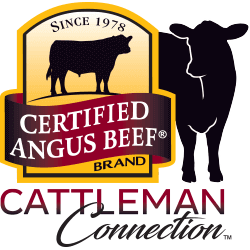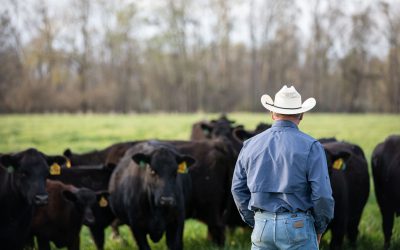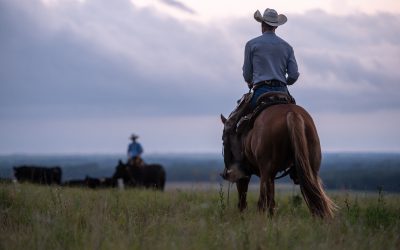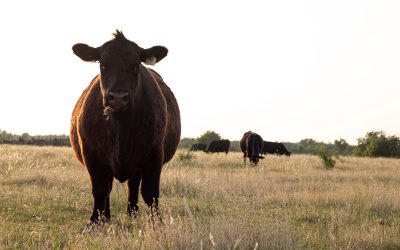
Myths fresh from the hallways, forums in Denver
February 7, 2011
When I started Mythbuster Mondays a few weeks ago, I told you we hear these statements everywhere. Well, last week while I was at the Cattle Industry Convention and Trade Show in Denver, I made note of a few details that could use a little straightening out. They’ll make good fodder for the rest of February.
During Cattlemen’s College a feeder addressed a panel as if to set the things straight, but he started out with the whopper that CAB is just about color, that 70% of his fed cattle are black and therefore go into CAB… “You and I both know that,” he said, with conviction and a half-smirk, like we were pulling the wool over consumers’ eyes.
Well,with all due respect,maybe you think you know that, sir, but let me tell you what I know: It’s about a lot more than that. (I had to memorize all those carcass specifications in my first day on the job!) I didn’t seize the opportunity to stand up and publically refute his claims, so here’s my chance to set the record straight on one of the most common half-truths that exist about our program.
Myth: CAB is just a black-hided program.
Fact: That’s just the first step for entry into our brand. (Cattle must be 51% black-hided or enrolled in AngusSource®). But you and I both know that we don’t eat the hide, and my mom always taught me it’s what’s inside that counts. CAB has always embraced that philosophy, too, because after the Angus-type cattle are identified they must pass 10 additional carcass specifications:
1. Modest or higher marbling (Translation: upper 2/3 of Choice or higher)
2. Medium or fine marbling texture (Tiny flecks evenly dispersed, not irregular globs)
3. “A” maturity for each, lean and skeletal characteristics (i.e. no cows)
4. 10 to 16 square inch ribeye area (Keeps our foodservice folks happy)
5. Less than 1,000 pound hot carcass weight (Packers can only handle so much on their hooks!)
6. Less than 1 inch fat thickness (Waste fat is, well, a waste)
7. Superior muscling (No Holsteins here)
8. Practically free of capillary rupture (We don’t want to scare the consumers off!)
9. No dark cutters (Stressed cattle=dark cutters=less tender cattle. Plus, we all like a bright, cherry red piece of meat, don’t we?)
10. No neck hump exceeding 2 inches (Keeping the Bos indicus crossing to a minimum)
Obviously those are in place for various additional reasons (my translations are over-simplified for the sake of saving key strokes), but it all comes back to eating quality. They are all based on good, sound science and they are all independently verified by the USDA in packing plants across the United States. More than 75% of the black-hided cattle we evaluate fail to qualify for the CAB brand.
Whew, glad we cleared that up. Maybe you could back me up the next time you hear that comment? We can use all the help we can get.
May your bottom line be filled with black ink,
-Miranda
PS–Don’t just take my word for it. This fall several experts addressed this very myth in the article, “Beyond Black.”
You may also like
Progress from small steps
Every day is a chance to learn and get better. Thousands of others like my new friends in Alabama are taking steps to meet the shifts in consumer demand, and to know more. Small steps in the right direction can start now. Even if it’s just recording a snapshot of where you are today, a benchmark for tomorrow.
Not perfect, but working to get better
The CAB Cattleman Connection team heard its name called more than once in the virtual ceremonies, and each time came a sense of personal accomplishment, but even better: confirmation that we’re getting better at our craft. I hope that means we’re doing a better job for you.
Beefed up findings
Frank Mitloehner presents his findings on the animal ag sector’s impact on global warming. He explains how cattle counterbalance other fossil fuel sectors, proving that cattle are a solution and not a threat.



